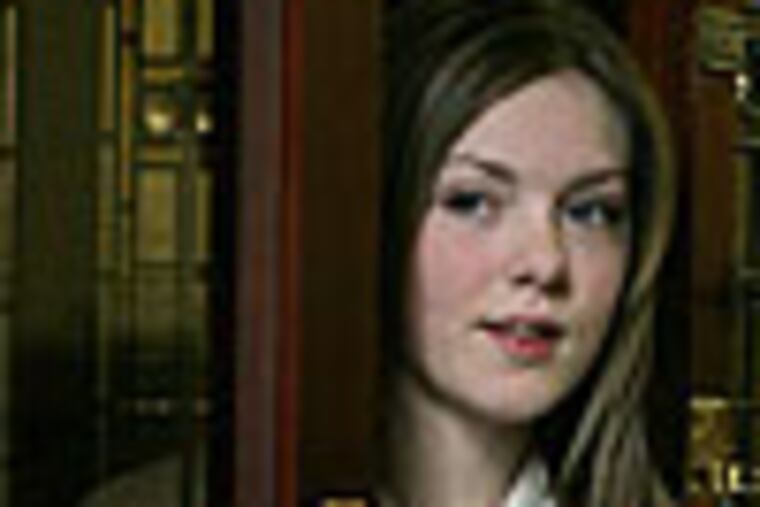Link copied to clipboard
Link copied to clipboard
When faithful flee
In Europe, anger and disenchantment lead many Catholics to seek spirituality on their own terms. Here and across the country, many who leave do not join other churches.

In Europe, anger and disenchantment lead many Catholics to seek spirituality on their own terms. Here and across the country, many who leave do not join other churches.
